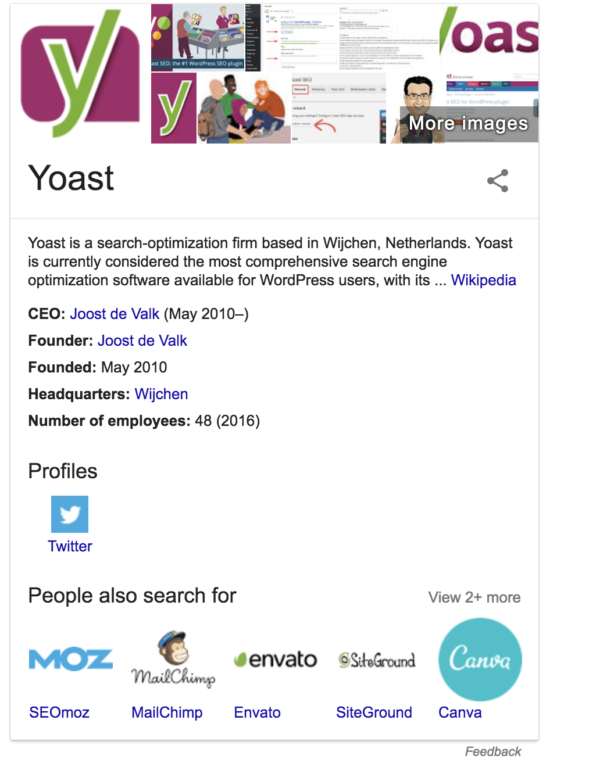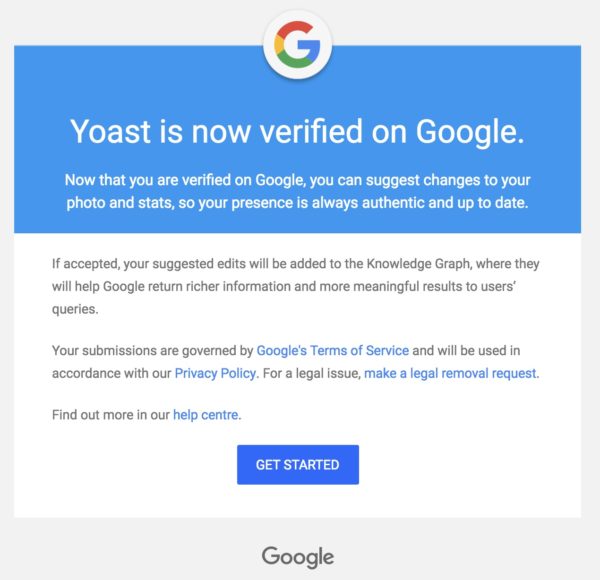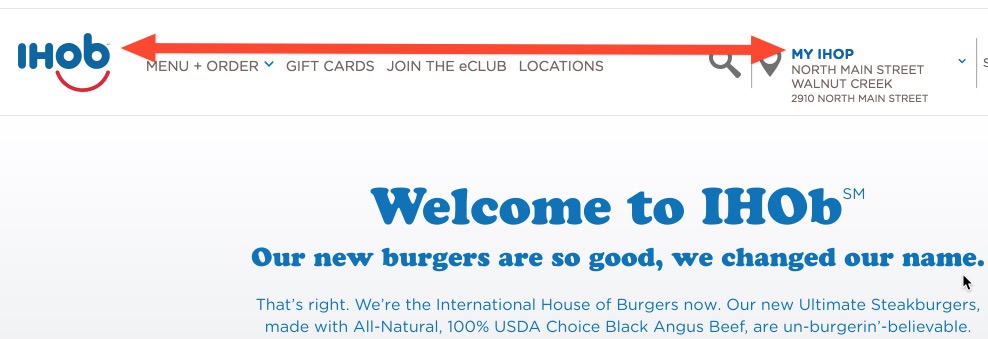I spoke at SMX Advanced this week on Schema markup and Structured Data, as part of an introduction to its use at Google.
I had the chance to visit Seattle, and tour some of it. I took some photos, but would like to go back sometimes and take a few more, and see more of the City.
One of the places that I did want to see was Pike Place market. It was a couple of blocks away from the Hotel I stayed at (the Marriott Waterfront.)
It is a combination fish and produce market, and is home to one of the earliest Starbucks.

I could see living near the market and shopping there regularly. It has a comfortable feel to it.

This is a view of the Farmers Market from the side. I wish I had the chance to come back later in the day, and see what it was like other than in the morning.

This was a nice little park next to Pike Place Market, which looked like a place to take your dog for a walk while in the area, and had a great view of Elliot Bay (the central part of Puget Sound.)

This is a view of the waterfront from closer to the conference center.

You can see Mount Ranier from the top of the Conference Center.
My presentation for SMX Advanced 2018:
frame>
Schema, Structured Data & Scattered Databases Such as the World Wide Web. My role in this session is to introduce Schema and Structured Data and how Google is using them on the Web.
Google is possibly best known for the PageRank Algorithm invented by founder Lawrence Page, whom it is named after. In what looks like the second patent filed by someone at Google was the DIPRE (Dual interative pattern relation expansion) patent, invented and filed by Sergey Brin. He didn’t name it after himself (Brinrank) like Page did with PageRank.
The provisional patent filed for this invention was the whitepaper, “Extracting Patterns and Relations from Scattered Databases such as the World Wide Web.” The process behind it is set out in the paper, and it involves a list of 5 books, titles, their authors, Publishers, Year published. Unlike PageRank, it doesn’t involve crawling webpages, and indexing links from Page to page and anchor text. Instead, it involves collecting facts from page to page, and when it finds pages that contain properties and attributes from these five books, it is supposed to collect similar facts about other books on the same site. And once it has completed, it is supposed to move on to other sites and look for those same 5 books, and collect more books. The idea is to eventually know where all the books are on the Web, and facts about those books, that could be used to answer questions about them.
This is where we see Google being concerned about structured data on the web, and how helpful knowing about it could be.
When I first started out doing inhouse SEO, it was for a Delaware incorporation business, and geography was an important part of the queries that my pages were found for. I had started looking at patents, and ones such as this one on “Generating Structured Data caught my attention. It focused on collecting data about local entities, or local businesses, and properties related to those. It was built by the team led by Andrew Hogue, who was in charge of the Annotation framework at Google, who were responsible for “The Fact Repository”, an early version of Google’s Knowledge Graph.
If you’ve heard of NAP consistency, and of mentions being important to local search, it is because Local search was focusing on collecting structured data that could be used to answer questions about businesses. Patents about location prominence followed, which told us that a link counted as a mention, and a patent on local authority, which determined which Website was the authoritative one for a business. But, it seemed to start with collecting structured data about businesses at places.
The DIPRE Algorithm focused upon crawling the web to find facts, and Google Maps built that into an approach that could be used to rank places and answer questions about them.
If you haven’t had a chance to use Google’s experimental table search, it is worth trying out. It can answer questions to find answers from data-based tables across the web, such as “what is the longest wooden pier in California”, which is the one in Oceanside, a town next to the one I live in. It is from a Webtables project at Google.
Database fields are sometimes referred to as schema and table headers which tell us what kind of data is in a table column may also be referred to as “schema”. A data-based web table could be considered a small structured database, and Google’s Webtable project found that there was a lot of information that could be found in web tables on the Web.
Try out the first link above (the WebTables Project Slide) when you get the chance, and do some searches on Google’s table search. The second paper is one that described the WebTables project when it first started out, and the one that follows it describes some of the things that Google researchers learned from the Project. We’ve seen Structured Snippets like the one above grabbing facts to include in a snippet (in this case from a data table on the Wikipedia page about the Oceanside Pier.)
When a data table column contains the same data that another table contains, and the first doesn’t have a table header label, it might learn a label from the second table (and this is considered a way to learn semantics or meaning from tables) These are truly scattered databases across the World Wide Web, but through the use of crawlers, that information can be collected and become useful, like the DIPRE Algorithm described.
In 2005, the Official Google Blog published this short story, which told us about Google sometimes answering direct questions in response to queries at the top of Web results. I don’t remember when these first started appearing, but do remember Definition results about a year earlier, which you could type out “Define:” and a word or ask “What is” before a word and Google would show a definition, and there was a patent that described how they were finding definitions from glossary pages, and how to ideally set up those glossaries, so that your definitions might be the ones that end up as responses.
In 2012, Google introduced the Knowledge Graph, which told us that they would be focusing upon learning about specific people, places and things, and answering questions about those instead of just continuing to match keywords in queries to keywords in documents. They told us that this was a move to things instead of strings. Like the books in Brin’s DIPRE or Local Entities in Google Maps.
We could start using the Web as a scattered database, with questions and answers from places such as Wikipedia tables helping to answer queries such as “What is the capital of Poland”
And Knowledge bases such as Wikipedia, Freebase, IMDB and Yahoo Finance could be the sources of facts about properties and attributes about things such as movies and actors and businesses where Google could find answers to queries without having to find results that had the same keywords in the document as the query.
In 2011, The Schema.org site was launched as a joint project from Google, Yahoo, Bing, and Yandex, that provided machine-readable text that could be added to web pages. This text is provided in a manner that is machine readable only, much like XML sitemaps are intended to be machine-readable, to provide an alternative channel of information to search engines about the entities pages are about, and the properties and attributes on those pages.
While Schema.org was introduced in 2011, it was built to be extendable, and to let subject matter experts be able to add new schema, like this extension from GS1 (the inventors of barcodes in brick and mortar stores) If you haven’t tried out this demo from them, it is worth getting your hands on to see what is possible.
In 2014, Google published their Biperpedia paper, which tells us about how they might create ontologies from Query streams (sessions about specific topics) by finding terms to extract data from the Web about. At one point in time, Search engines would do focused crawls of the web starting at sources such as DMOZ, so that the Index of the Web they were constructing contained pages about a wide range of categories. By using query stream information, they are crowdsourcing the building of resources to build ontologies about. This paper tells us that Biperpedia enabled them to build ontologies that were larger than what they had developed through Freebase, which may be partially why Freebase was replaced by wiki data.
The Google+ group I’ve linked to above on the Schema Resources Page has members who work on Schema from Google, such as Dan Brickley, who is the head of schema for Google. Learning about extensions is a good idea, especially if you might consider participating in building new ones, and the community group has a mailing list, which lets you see and participate in discussions about the growth of Schema.
Copyright © 2018
SEO by the Sea ⚓. This Feed is for personal non-commercial use only. If you are not reading this material in your news aggregator, the site you are looking at may be guilty of copyright infringement. Please contact
SEO by the Sea, so we can take appropriate action immediately.
Plugin by
Taragana https://ift.tt/2JONMGh
























































